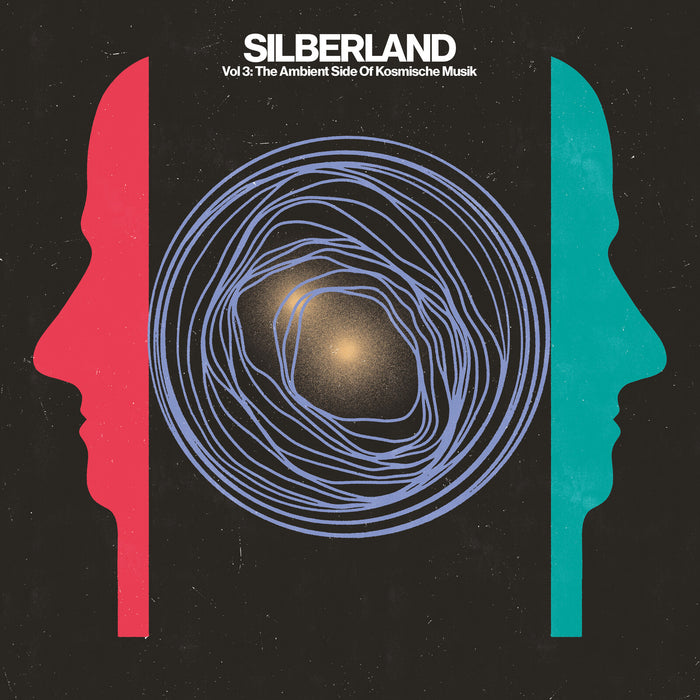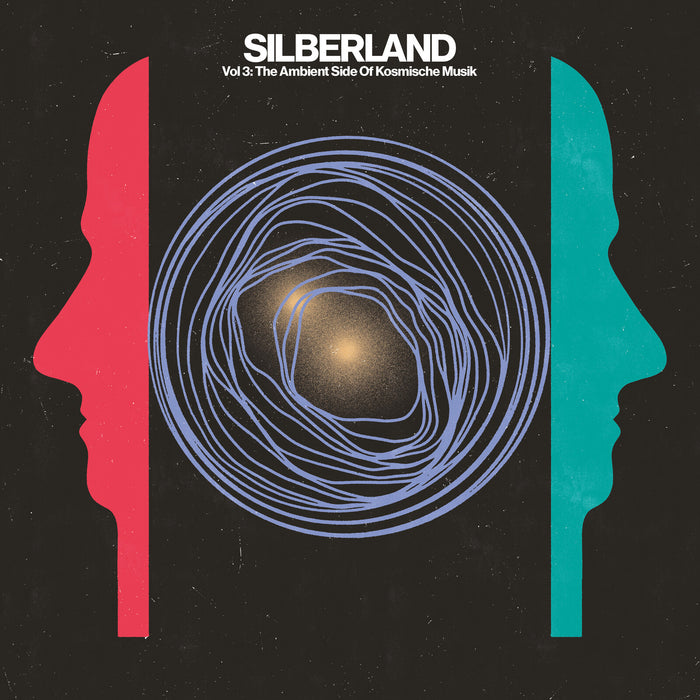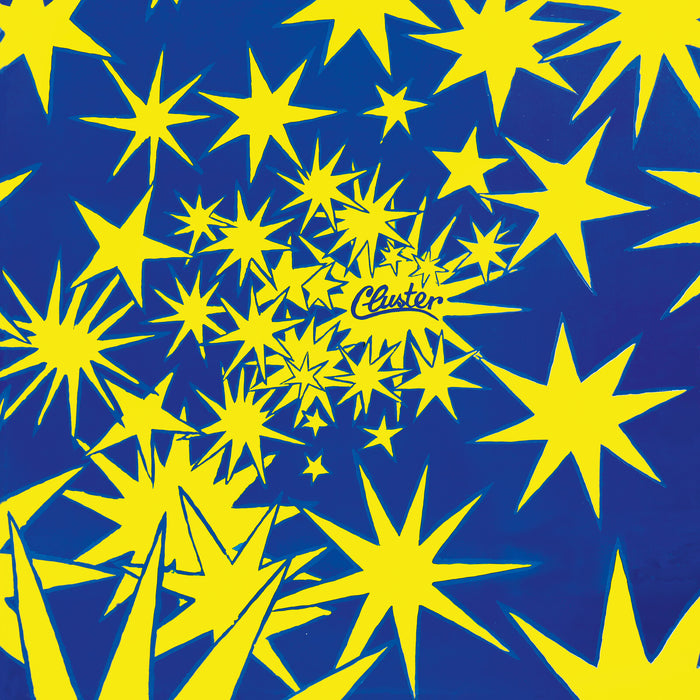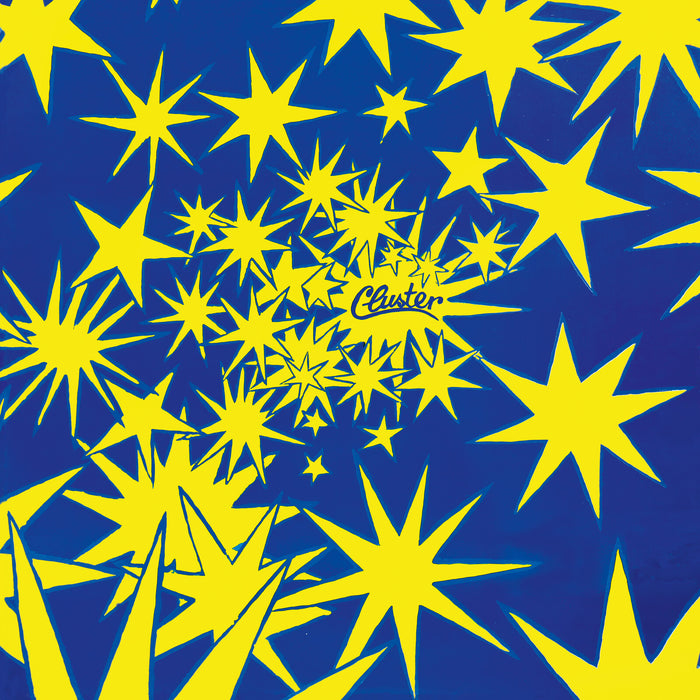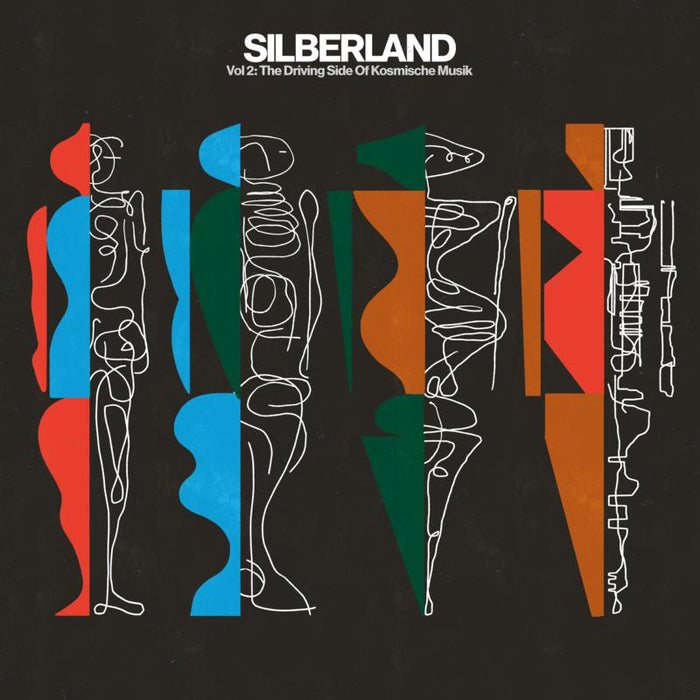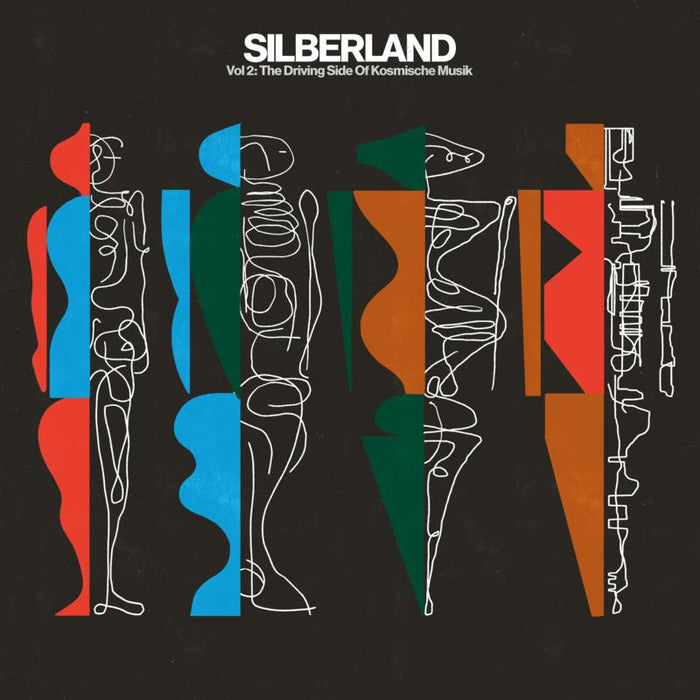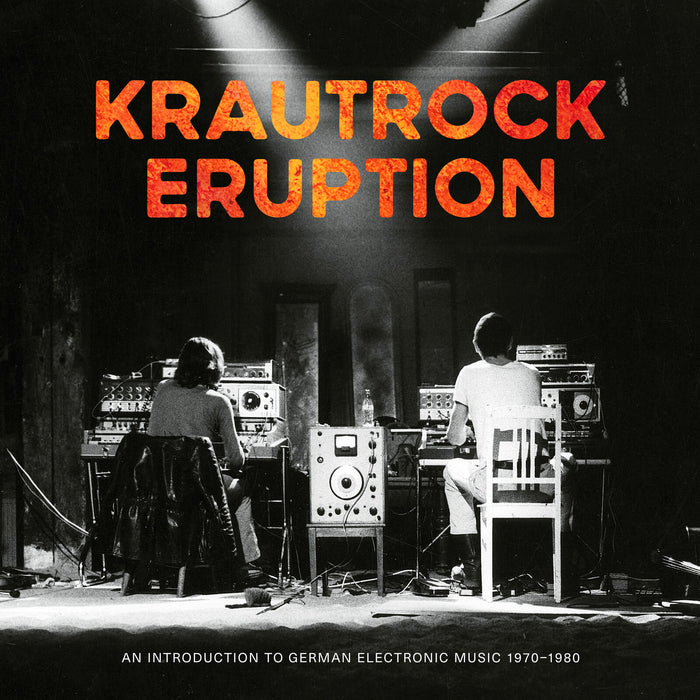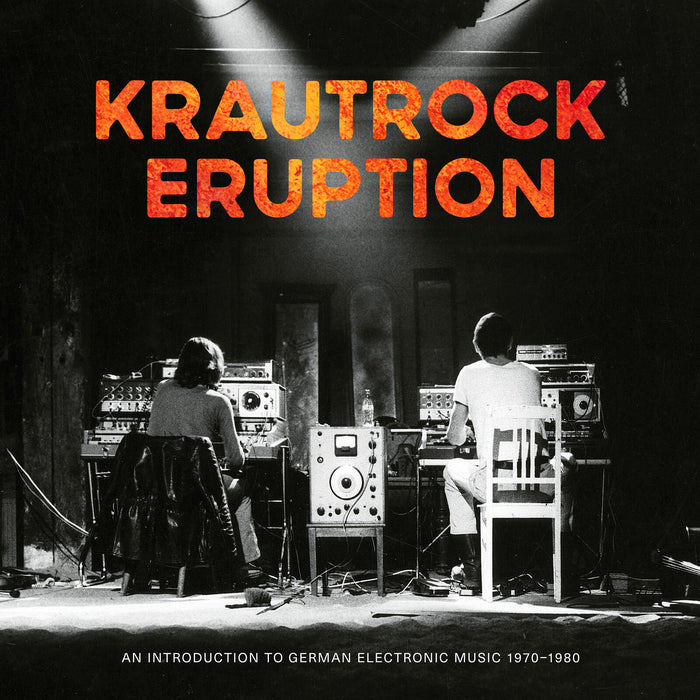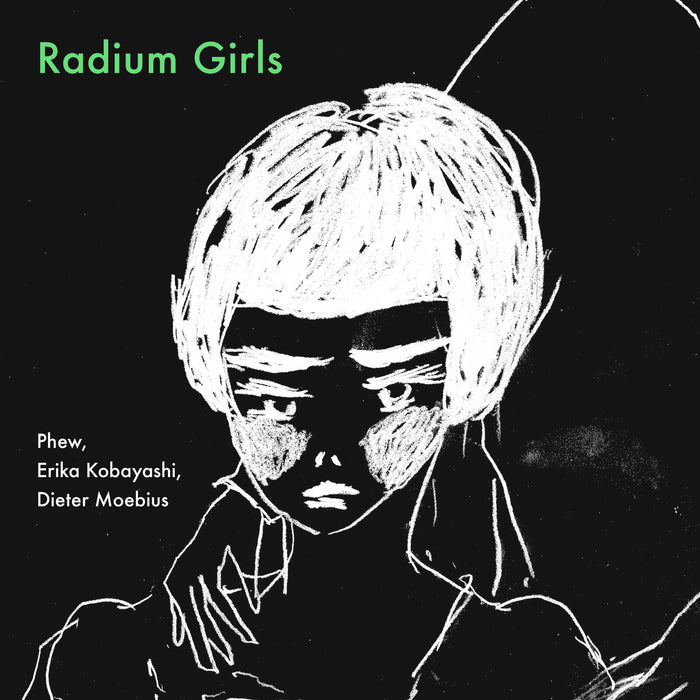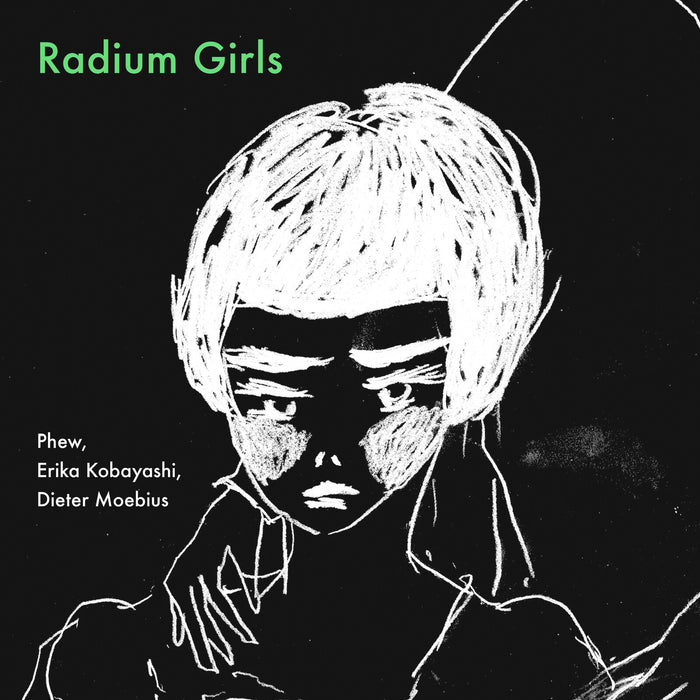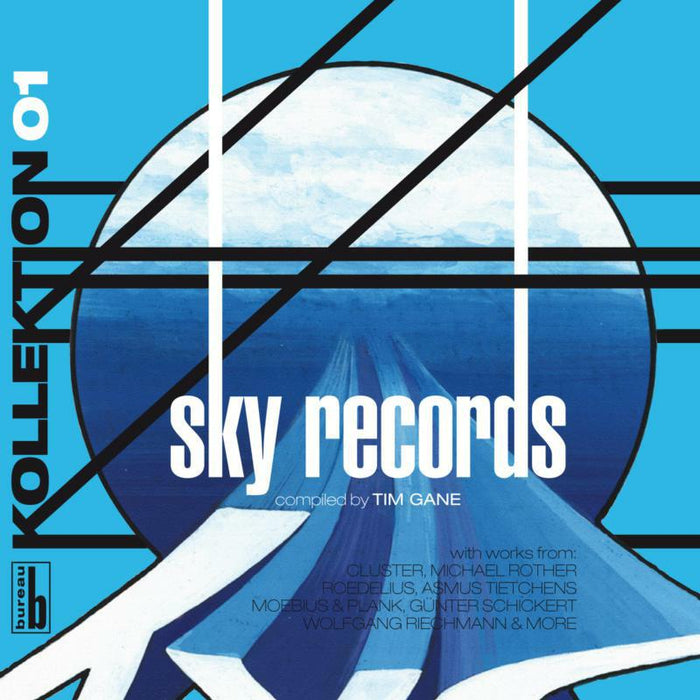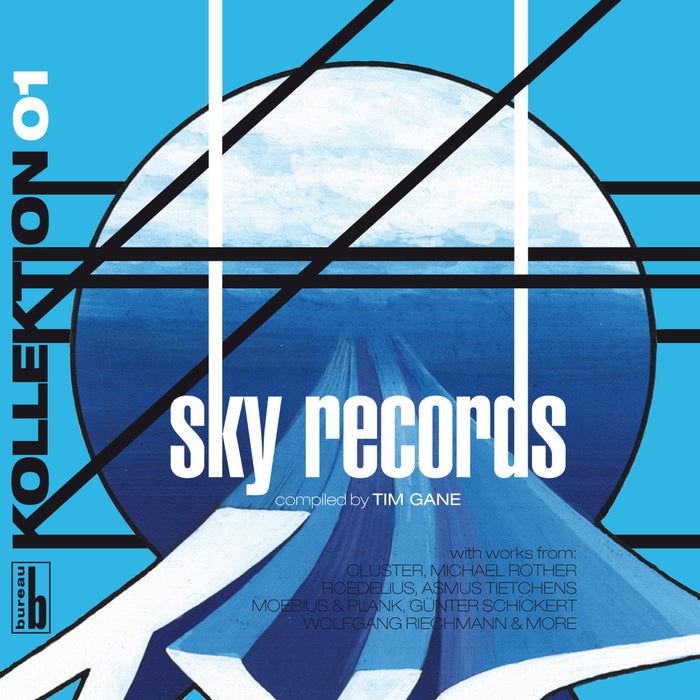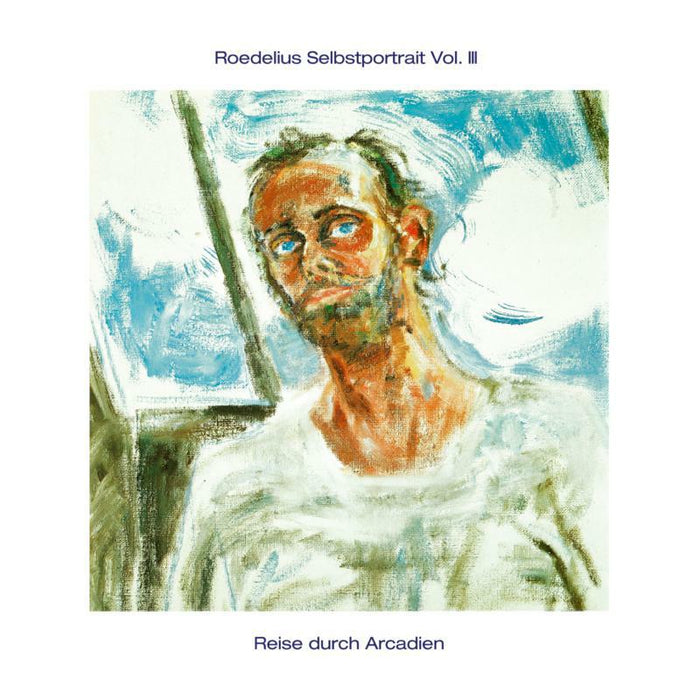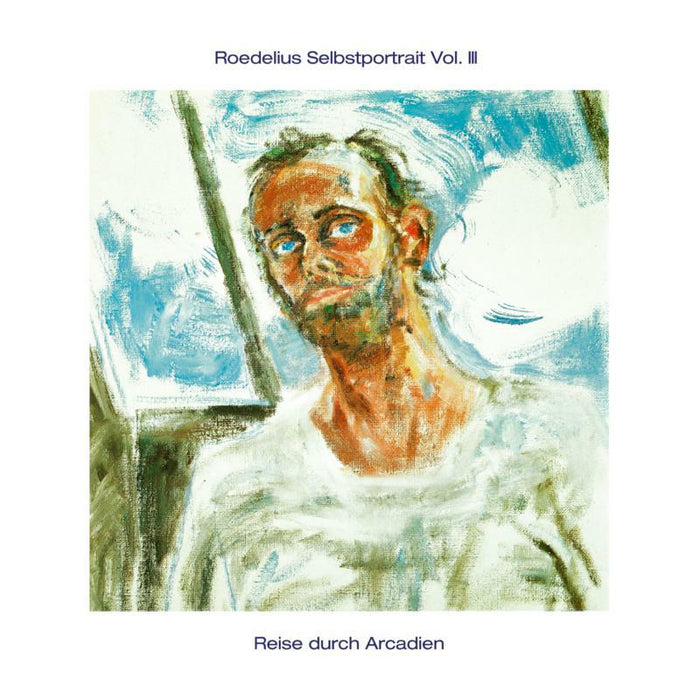Description
After "Die Drift", "Kenne Keine Tone" is the second studio album by the Vienna-based artist Conny Frischauf. Moving between pop and experiment, she embarks on a search for the momentary, the transitions and sonorous threshold spaces, creating a fascinating sound laboratory with "Kenne Keine Tone" that invites us to readjust our listening habits. "Wo ziehen die Wolken hin?" ("Where are the clouds off to?")*, Conny Frischauf muses in the opening track of her second Album "Kenne Keine Tone". "Habens eilig oder was / Fliegen hurtig nach druben / Kann ich hier auch nicht verubeln /Also schau ich ihnen zu / Und setze mich gleich drauf / Und merke erst am Boden / Ist doch kein Wattebausch" ("Must be in a rush, flying over there in a hurry / Can't blame them either / So I watch / And sit on them straight away / Only to realise, back on the ground, / that they're not actually cotton balls"). Things around us are not what they seem to be. It is in this spirit that the artist guides us into her synaesthetic sound laboratory in which she acousmatically examines worldly phenomena as sonic events and combines them with delicate pop references. Stones, wind, water and other phenomena thus turn into audible miracles. In the sixteen tracks of her latest album, Frischauf is playing with our senses. Field recordings, carefully microphoned percussion instruments, aerophones, clapping hands and cosy synth sounds become finely balanced antagonists on this album, digging deep into our auditory canals. From inside the inner ear, this music tingles and nudges us, brushes against us from the inside, making us want to touch our ears, hold them tight for orientation, and ask ourselves: Is it possible to be on both sides of the auditory funnel at the same time? Frischauf's music is more than audible: it becomes haptic via our sense of hearing - and, on the track "Dufte" ("Fragrances"), even olfactory. There's also a sense in which Frischauf's lyrics and music seem to prioritise space over time. The album is less about clear linear temporal sequences than about the spatial assembly of various possible meanings. Frischauf consciously awards this kind of independence to the sounds and ideas on the album. It is the reduction that makes a certain understatement reverberate on "Kenne Keine Tone", and yet this restraint merely conceals Frischauf's passion for sound. Facing such a multitude of ideas, it's striking that the album remains as personal, casual and melodic as it does. A distinct groove emerges and occasionally invites listeners to dance. Conny Frischauf's music drills deeply into the solidified walls of our listening habits.





